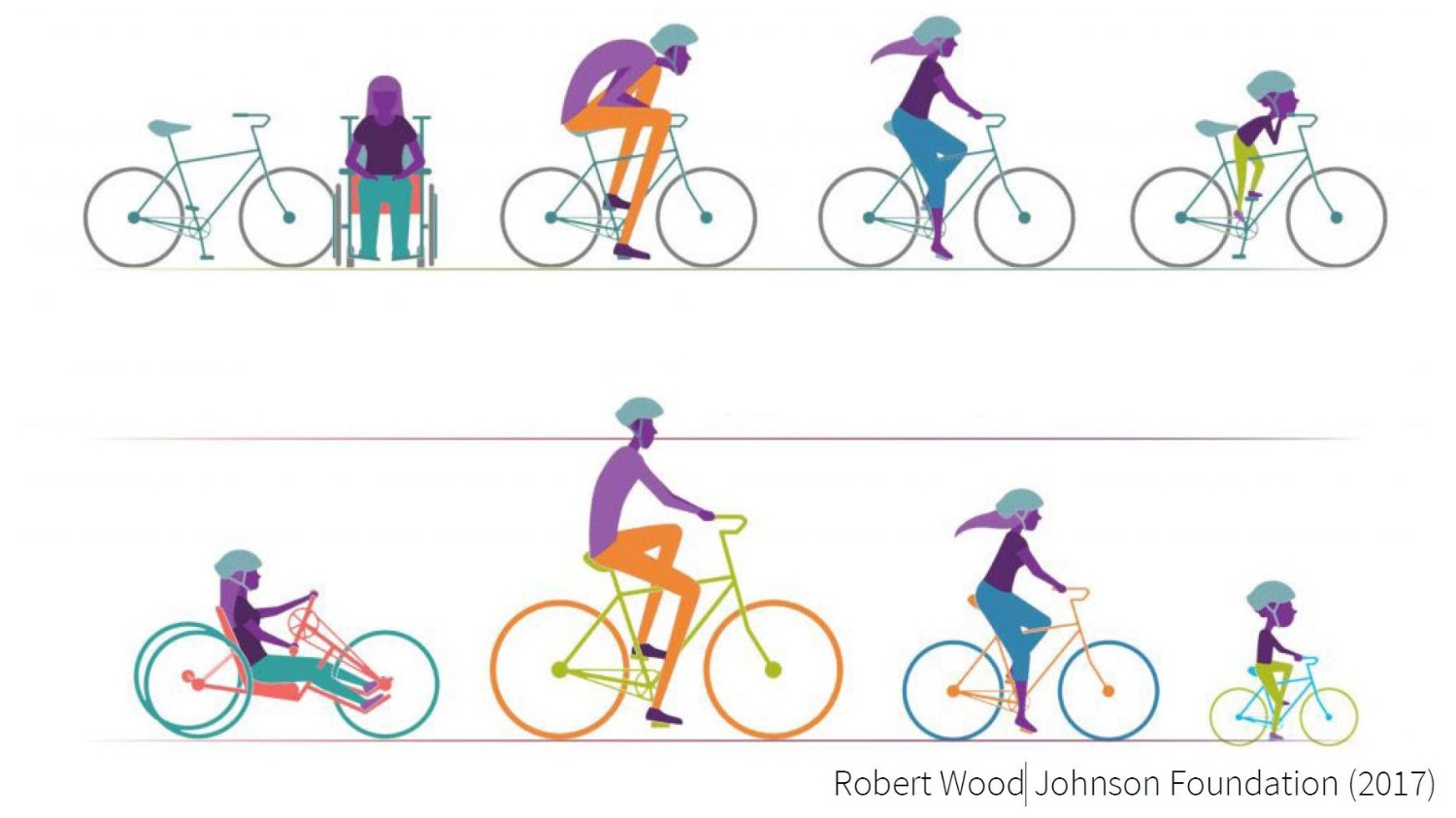Mobility injustice
Student information
Author: Jolien Meulepas
Institution: Delft University of Technology
Graduation year: 2023

To plan for accessibility (...) is to focus on the ends rather than the means and to focus on the traveller rather than the system: do people have access to the activities that they need or want to participate in?’ (Handy, 2002, p. 4)
In many countries, there is growing evidence of transport related social exclusion. This is considered to have a significant impact on people’s subjective well-being as it limits their participation in activities outside the home.
Various studies have identified groups at risk of transport poverty. These include people living in peri-urban areas (where the distances to travel are greater), people on lower incomes (where transport costs take up a greater proportion of their income) as well as people with low literacy or who do not understand the local language.
Arguably, transport poverty only occurs when transport disadvantage (not having access to a car) and social disadvantage (low income) overlap. Therefore, in areas where these two disadvantages are more likely to overlap, the risk of transport poverty is expected to be greater. In the Netherlands concerns have been raised about the high cost and length of journeys to work, school or hospital for several peri-urban neighbourhoods.
Other factors exacerbating transport poverty include a lower density of facilities and a poorer public transport network which can make people more dependent on private car use to access key activities. One of the peri-urban areas where signs of transport poverty have been observed is The Hague Southwest.
The research included a literature review, desk research as well as interviews with experts and residents.
The Capabilities Approach was adopted as a technical tool which is gaining attention when considering issues related to mobility injustice. This approach focuses on individuals’ opportunities to access valued activities (capabilities) rather than focusing on realised behaviour.
Everyday mobility experiences can be used as an analytical tool to describe the relationship between mobilities and capabilities. In other words, the tool creates an understanding of how mobility contributes to or impedes individuals’ opportunities to access valued activities outside the home, and thereby affects their well-being.
The focus on everyday mobility experiences and capabilities contributes to a deeper understanding of the nature of the problem from the perspective of a group for which very little is currently known. This is considered to be essential information for designing effective solutions and policy instruments to address mobility injustice relevant to accessibility.
Recommendations for urban planners include:
a top-down approach to ensure a basic minimum level of accessibility;
a bottom-up approach, including consultation with residents and experts, to make use of existing local knowledge and experience.
